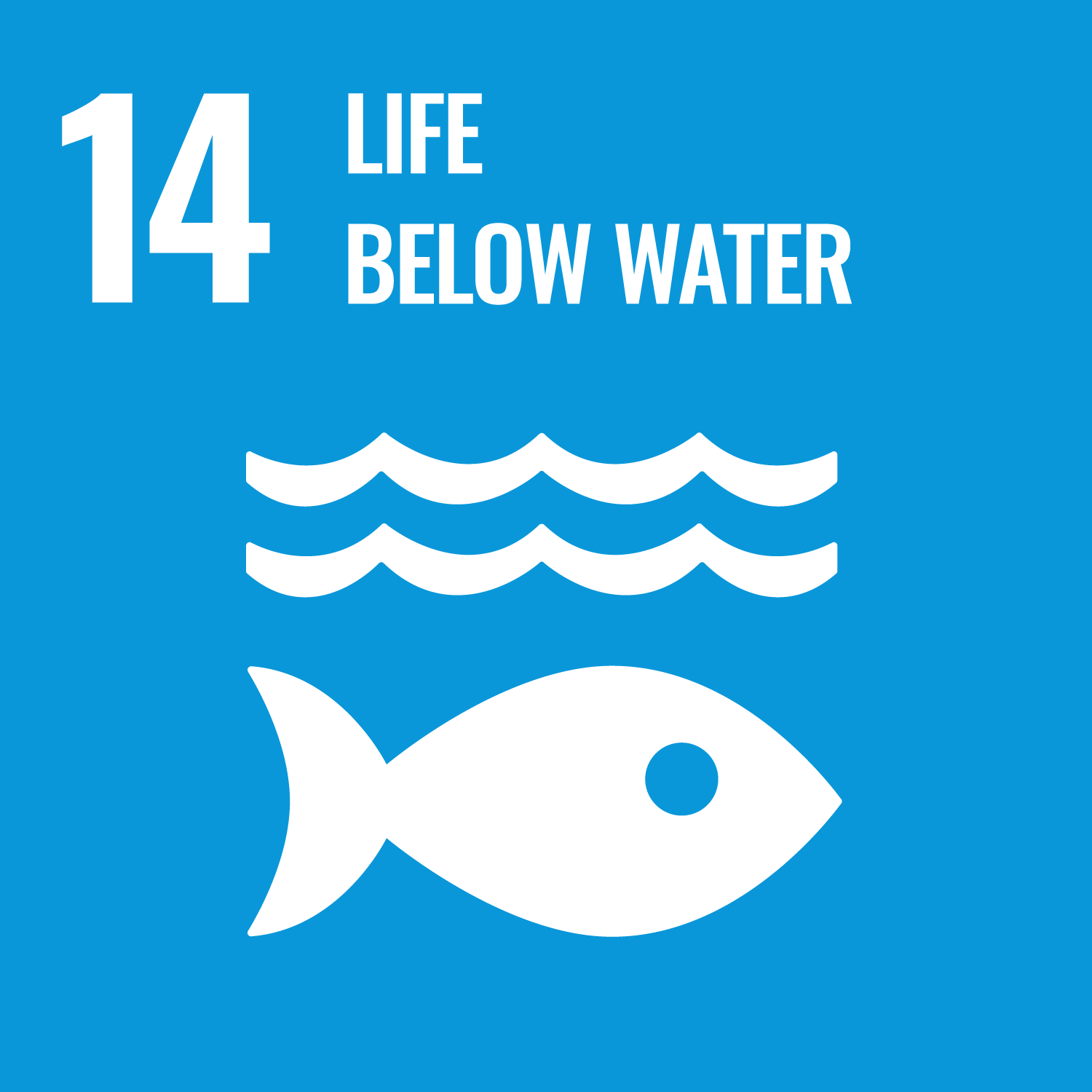How is engineering addressing SDG 14?
Dr Paula Zapata-Ramirez is a marine biologist by background, and an assistant professor at Universidad Pontificia Bolivariana in Colombia. Her interests focus on remote sensing approaches for flora and fauna observation, such as habitat mapping techniques to evaluate and manage marine ecosystems, and influencing policy related to environmental protection. Her main goal is to use the resulting maps from her technical research as tools for participatory decision making that can help ensure a sustainable future for the marine environment and safeguard the livelihoods of local communities.
With funding from the Royal Academy of Engineering's Transforming Systems Through Partnerships programme (formerly known as the Industry-Academy Partnerships Programme), Dr Zapata-Ramirez uses drone technology and 3D imaging to better understand marine ecosystems and works with stakeholders to improve decision making to support coastal environments and livelihoods.
What is SDG 14?
30% of the world’s fish stocks are overexploited, oceans are absorbing approximately 30% of the carbon dioxide produced by humans, and an average of 13,000 pieces of plastic litter to be found on every square kilometre of ocean.
The aim of this goal is to sustainably manage and protect marine and coastal ecosystems from pollution, as well as address the impacts of ocean acidification.
The Royal Academy of Engineering supports the Sustainable Development Goals.
SDG information taken from the United Nations Development Programme (UNDP) website.

